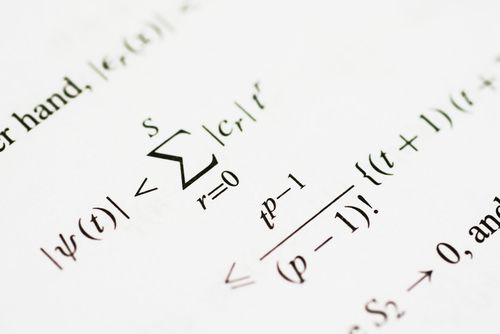The brand new prime

There is a brand new prime in town! Yes there is. This new prime is huge, I mean reaaaally huge. It is more than $22$ million digits long! This new prime is the latest addition to the class of prime numbers known as Mersenne primes, named after Marin Mersenne, a French mathematician, who discussed them in the first place, in 17th century.
So, what really a Mersenne prime is? A Mersenne prime is a prime number that is one less then the power of 2, that is, it is a prime number that can be written in the form $$M_n = 2^n-1$$ for some integer $$n$$. In general, the numbers of the form $$M_n = 2^n-1$$ are called Mersenne numbers. If $$n$$ is composite, so is $$M_n = 2^n-1$$. Hence we can restate the definition of Mersenne primes as, $$M_p=2^p-1$$ where $$p$$ is a prime number. The first few Mersenne primes are 3, 7, 31, 127 etc. But is it always true that $$M_p$$ will always result in a prime number, for every prime $$p$$? Not really. The smallest counter-example is $$p=11$$, which gives $$M_{11}=2^{11}-1=2047=23\times 89$$. Too bad. Had it been true, $$M_p$$ would always be prime regardless whatever $$p$$ we choose.We could have said that, there are infinitely many Mersenne primes. Which brings us to state the long standing conjecture: Are there infinitely many Mersenne primes? Well nobody knows. Maybe! We’ll need a general proof of that.
Anyway, so this new prime is the 49th member in the list of all Mersenne primes discovered till date. And the number is $$M_{74,207,281}=2^{74,207,281}-1$$, also known as $$M_{74,207,281}$$. This number has 22,338,618 digits and almost 5 million digits longer then the last record Mersenne prime. Wow! In this number, 74,207,281 is itself a prime number, so one can imagine how big this new Mersenne prime is. So how did people find this so big number? They used the computers. This new prime number was found by Dr. Curtis Cooper, of University of Central Missouri, in collaboration with GIMPS, (Great Internet Mersenne Prime Search). Dr. Curtis Cooper discovered the number in September 17, 2015 and the official announcement of the discovery was made by GIMPS in January, 2016. This is the 4th recorded Mersenne prime for Dr. Cooper and his University. Dr. Cooper is also the discoverer of the 48th Mersenne prime, discovered in 2013.
The GIMPS project was founded by George Woltman. It is primarily based on softwares like Prime95 and MPrime. Anyone can download these free softwares and can contribute their efforts to find the next bigger Mersenne prime. The process takes months to check one number, whether it satisfies the criteria to be a Mersenne prime or not. The project relies on Lucus-Lehmar primality test for the testing. Till date now GIMPS has found a total of 15 Mersenne primes.
Mersenne prime has a relation with Perfect numbers. A perfect number is a positive integer which is equal to the sum of it’s proper divisors (sum of all the divisors excluding the number itself). For example 6 is a perfect number since 1+2+3=6, where 1,2,3 are the proper divisors of 6. Euclid proved that $$2^{p-1}(2^p-1)$$ is a even perfect number if $$2^p-1$$ is a prime. (We don’t know if there exists any odd perfect number. This is another open problem in mathematics.) So whenever someone discovered a Mersenne prime, we readily have our next Perfect number. So the new perfect number is $$2^{74,207,280}(2^{74,207,281}-1)$$. Isn’t that amazing?
Now an obvious question arises. What do you do with all that big prime numbers? Well big prime numbers are used in Cryptography. And cryptography is everywhere, from online transaction (i.e. e-Commerce) to emails. I’ll not go into details of it here, but big prime numbers are really helpful in cryptography. This new Mersenne prime may not find its use right now (because it’s too big and everyone knows it) but it is good to know that we have found a bigger prime. Its enormity never ceases to fascinate us and motivates us further to keep doing what we have been doing.
References
1. Wikipedia
2. http://www.mersenne.org/
Featured Image Courtesy: Shutterstock